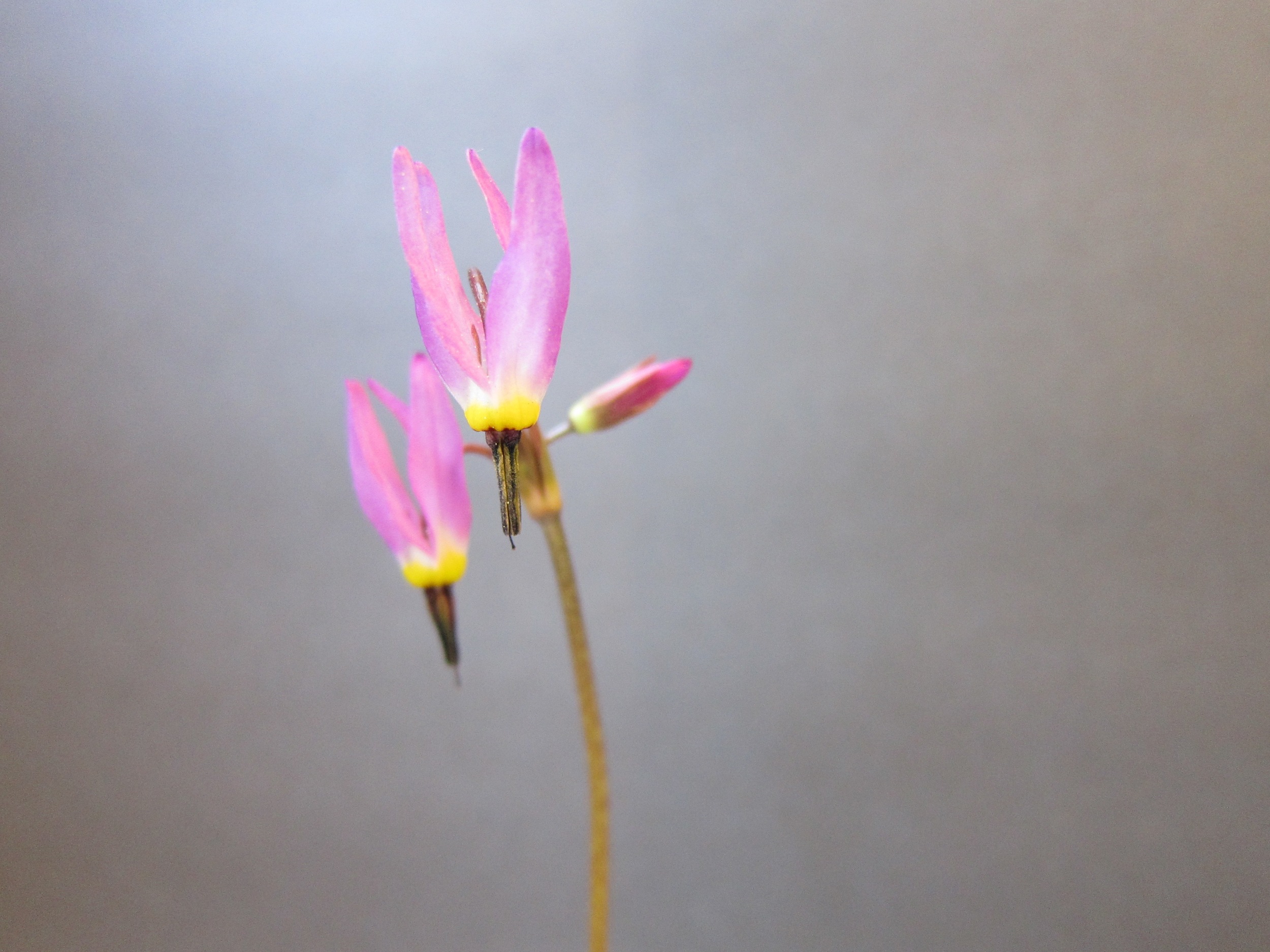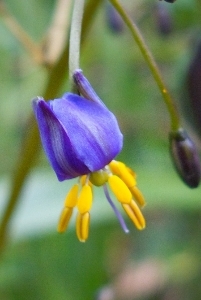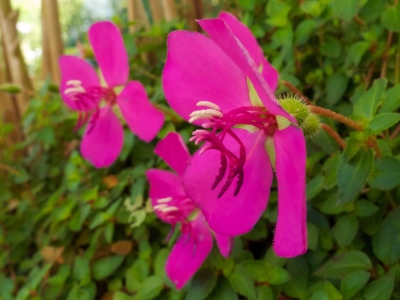
Buzz Pollination
In collaboration with Stephen Buchmann, Daniel Papaj, and Wulfila Gronenberg, we are exploring a specialized handling technique/pollination strategy, buzz pollination.
This ancient, widespread, and economically important mutualistic interaction raises many intriguing questions about the sensory and cognitive aspects of pollen foraging, and is an ideal context for understanding how pollen-based rewards and advertisements have evolved.
Pollinator Perspective
During buzz pollination (also known as sonication), bees rapidly contract their indirect flight muscles, producing strong vibrations that forcibly expel pollen out from inside the flower's anthers. While sonicating, bees can generate forces of up to 30 G! (That's near the record for human tolerance on a rocket sled!)
Why sonicate? Pollen grains are bees' major source of protein, which is particularly important for developing offspring.
Who sonicates? For reasons that remain mysterious, honey bees do not sonicate. But plenty of other bees do-- bumble bees, carpenter bees, stingless bees, sweat bees...
What does it look and sound like? Here is some footage of Bombus impatiens sonicating a large Senna flower: (make sure your volume is turned up)
And a larger Senna species:
Interestingly, "naive" bees do not immediately know what to do with a flower that has poricidal anthers. Our research shows that at first, they spend much time exploring the flower. Eventually, with experience, they rapidly buzz the anthers upon landing. This video traces the progress of a single bee across her first three visits to a Solanum flower:
Plant Perspective
Many plants passively transmit pollen to floral visitors via anthers that split longitudinally, exposing sticky clumps of pollen. For example, a bee simply has to bump into one of these anthers to pick up pollen.
Approximately 8% of flowering plants use a different strategy: their anthers are poricidal, meaning that dry dusty pollen is hidden inside a tube-like anther, only accessible through a small pore at the tip. Most of these species do not offer nectar-- the only reward available to the bee is the pollen that it expels through sonication.
Many economically important plants have poricidal anthers, including kiwi, blueberry, cranberry as well as these other familiar crops and wildflowers.









